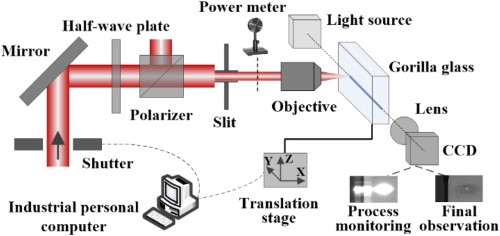Ultrafast lasers have emerged as a versatile tool for fabricating optical waveguide devices inside transparent materials. Recent works show that they are subject to scientific studies for the performance of waveguides in various glasses depending on the material composition and processing parameters. The fabrication of type I waveguides in fused silica has been demonstrated using laser wavelength for the UV to near-infrared ranges and pulse duration less than 230 fs. The enrichment of La ion in phosphate glass, controlled by pulse energy, decides the increase of the refractive index. For Schott BK7, the elevated population of boron-oxygen units gives rise to the refractive index change Δn at low repetition; however, the densification is due to the decrease in the Si-O bond length at high repetition. The bend waveguides written in Corning Eagle 2000 show superior bending efficiency after thermal annealing, which erases the outer ring and leaves a high Δn of 8.4×10?38.4×10?3. Corning Gorilla glass, an aluminosilicate glass, has been widely used as protective screens for electronic displays in computers, tablets, cellphones, MP3 players, and other products. Due to the high surface hardness of 700kgf/mm2 700kgf/mm2, Gorilla glass has strong scratch and impact resistance. A novel idea was proposed that protective screens can be functional with integrated optical devices for highly rational use of the physical space. Therefore, it is necessary to understand the mechanism of index changes and explore complicated devices based on 3D waveguides. In this paper, we investigated the influence of pulse duration and pulse energy on the geometry and quality of the waveguides inside Gorilla glass. Raman and compositional measurements were performed to better understand the mechanisms of laser modification. 3D waveguide elements were fabricated, which envisages that the glass must be a suitable glass for functional protective screens with integrated photonic devices.

Experimental setup of the femtosecond laser waveguide writing arrangement indicating the irradiation geometry and the orientation of the microscopic observation. (Image by XIOPM)
Download: